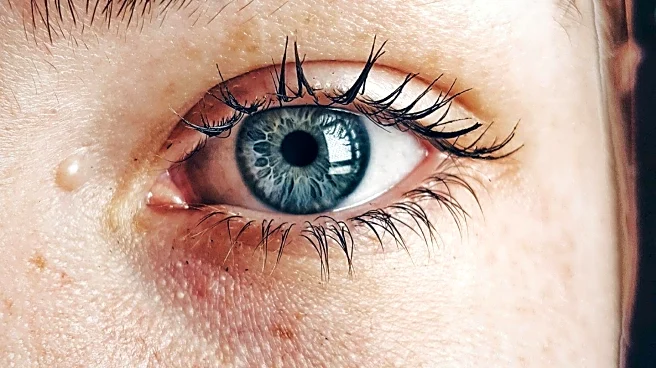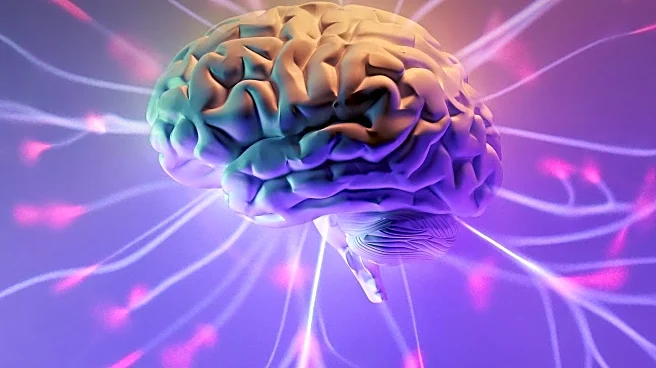What's Happening?
A new study by The Future Laboratory has revealed that algorithm-driven beauty and artificial intelligence (AI) editing are leading to homogenization in the global beauty market. The Beauty, Health and Wellness
Futures 2026 Report, titled 'The Great Beauty Blur,' highlights how social media algorithms and AI-generated content are pushing uniform proportions, features, and tones across the industry. This trend is impacting consumer behavior, with exposure to beauty content on social media increasing the desire for cosmetic procedures by 33% to 57%. The report notes that symmetrical and smooth faces are being rewarded by social media platforms, contributing to a visual pattern repetition. The global aesthetics sector has seen a 43% increase in surgical and non-surgical procedures since 2020, with 38 million procedures performed in 2024.
Why It's Important?
The homogenization of beauty standards driven by AI and algorithms has significant implications for the beauty industry and consumer behavior. As traditional categories like skincare, makeup, and wellness merge, consumers are finding it increasingly difficult to express individuality. This shift is redefining industry behavior and consumer expectations, as the visual language of beauty becomes more uniform. The growing prevalence of AI-generated images and augmented content is blurring the boundaries between natural, edited, filtered, and clinically enhanced appearances. This trend could lead to increased demand for cosmetic procedures and a shift in how beauty products are marketed and consumed.
What's Next?
The beauty industry may need to adapt to these changes by developing strategies that emphasize individuality and diversity in beauty standards. Companies might focus on creating products that cater to unique consumer needs and preferences, rather than conforming to a standardized ideal. Additionally, there could be increased scrutiny on the ethical implications of AI-driven beauty standards and their impact on consumer self-esteem and body image. As the industry evolves, stakeholders may need to consider the long-term effects of homogenization on consumer behavior and market dynamics.
Beyond the Headlines
The ethical and cultural dimensions of AI-driven beauty standards are significant. The pressure to conform to uniform beauty ideals could impact mental health and self-esteem, particularly among young consumers. The industry may face challenges in balancing technological advancements with the need for diversity and representation. As AI continues to shape perceptions of beauty, there could be a growing demand for transparency and accountability in how beauty standards are set and promoted.











